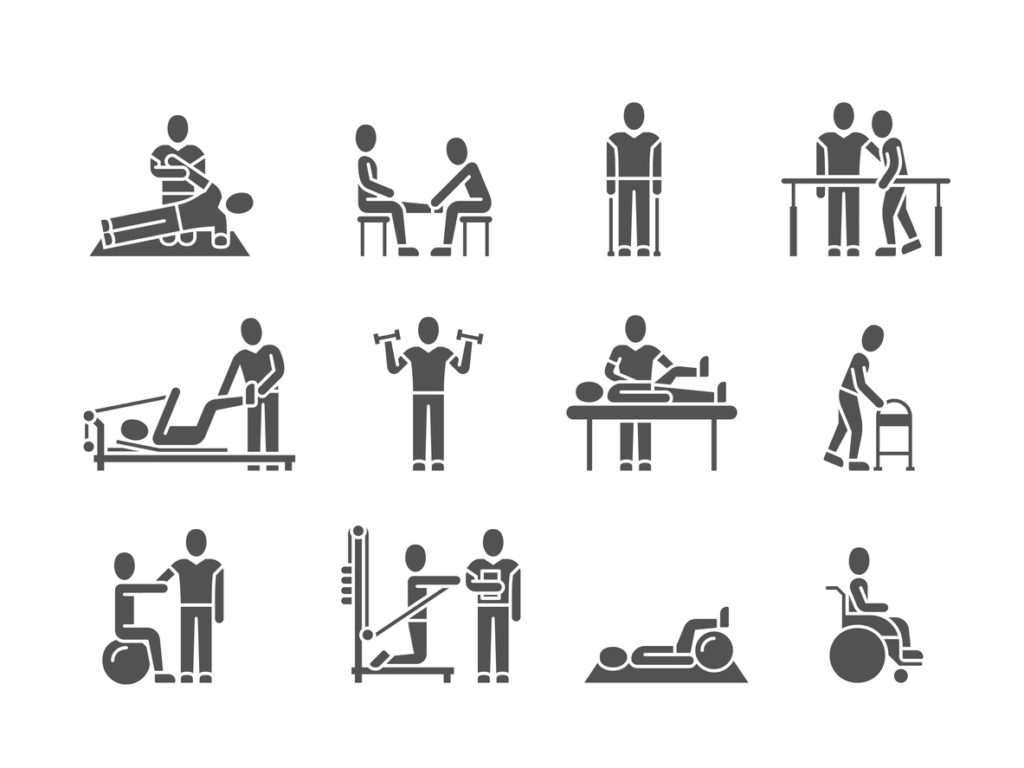Video transcript
My personal experience with migraine
So my experience with migraine personally began in my 20s. I’d wake up with just a headache and feeling not at my best, and it wasn’t because I’d been drinking the night before. And I’d just soldier on. I didn’t think much of it until I woke at 3 a.m. one morning with this migraine visual aura which looked like a giant paisley teardrop-shaped thing which was fantastically coloured. So then I realised I was having nocturnal migraines and then began having typical daytime episodes.
What helps my migraine?
Fortunately very triptan responsive. I can be at work and feel one coming on, chatting to a patient, and just excuse myself, pop next door and grab some Imigran or whatever is in the sample cupboard, and within half an hour I’m usually coming good.
I find caffeine helpful. In some people excessive caffeine causes headaches and migraines. But in a lot of migraine sufferers a shot of espresso can actually help. I’ve been too lazy to take oral preventive medications, but I have dabbled with Botox for my migraines, just injecting the simple frontal area, and that has definitely helped.
Coincidentally my migraines worsened when I started treating a lot of migraine patients. I don’t know what that means. Maybe I just overworked. That’s the most likely cause, or missing meals. But yes, in general I have found the advice I give to patients quite helpful for myself, lifestyle factors in particular.
What is involved in Botox treatment for migraine?
The actual treatment in good hands will take five minutes. I tell people there are a number of injections. They want to know how many. I just say there are a number of injections – there’s actually around forty injections, which sounds like a lot. But like I said, they are short, sharp jabs. Even people who are needle phobic I have had tolerate them. We don’t numb the skin with any anaesthetic or anaesthetic injections, because that causes more pain and makes the procedure go for longer.
So in all they receive forty injections spread out over the frontal regions, the temporal regions, over the base of the skull on the back and down to the shoulder here. There are no injections on the top of the head. And these are given initially every three monthly. Once people are responding, so I say commit to the year, get your life back, have some stability. Then in the second year there is a chance that you may not need it or that we can stretch it out to three and a half or four months et cetera.
I offer people trials of oral preventive medications at that stage because essentially they have episodic migraines. They’re still on Botox, but we may be able to get you off Botox by adding in this oral medication. And about 5% of patients per year will drop off the Botox treatment program for one reason or another: success or using an oral preventive. There are a percentage of people, I can’t tell you how many, that fail Botox after initial response, which is sad but then we go on and look at other oral treatment options.
So essentially I tell them that you may need it for a year or two, you may need it for longer, but my hope is that you won’t need this treatment for life.
Get on top of your general health
Find and instantly book affordable GPs within Australia
What are the best ways to cope with migraine?
Coping with migraine is a big issue for many patients, particularly with chronic migraine. It’s poorly understood. People will say, “It’s just a headache”. It’s not. There are all these other symptoms you know they experience. And it has been ranked as one of the top ten most disabling conditions by the World Health Organisation. So these people are in trouble. There is often coincident mood disorders like depression or anxiety. They feel like they are failing their family or employers.
So I do need to emphasise to people that, “Look, if you are depressed or anxious, you really need to address that because we do know the interaction between chronic pain including headache, and mood disorders.” So people often need to go off and address their mood disorders. I tell them I can’t manage it myself. Options are to talk to your GP as always, see a clinical psychologist or counsellor, or, you know, do nice things for yourself: even just have a massage or something like that.
But yes, we know that there is a high percentage of co-morbid mood disorders in chronic headache patients.
Video kindly featuring:
Dr Julian Rodrigues MBBS FRACP; Consultant Neurologist at Hollywood Medical Centre, and Editorial Advisory Board Member of the Virtual Neuro Centre.
All content and media on the HealthEngine Blog is created and published online for informational purposes only. It is not intended to be a substitute for professional medical advice and should not be relied on as health or personal advice. Always seek the guidance of your doctor or other qualified health professional with any questions you may have regarding your health or a medical condition. Never disregard the advice of a medical professional, or delay in seeking it because of something you have read on this Website. If you think you may have a medical emergency, call your doctor, go to the nearest hospital emergency department, or call the emergency services immediately.







